Category: Wildlife Parks in India
Tiger trails of India : treasure-trove of true wilderness
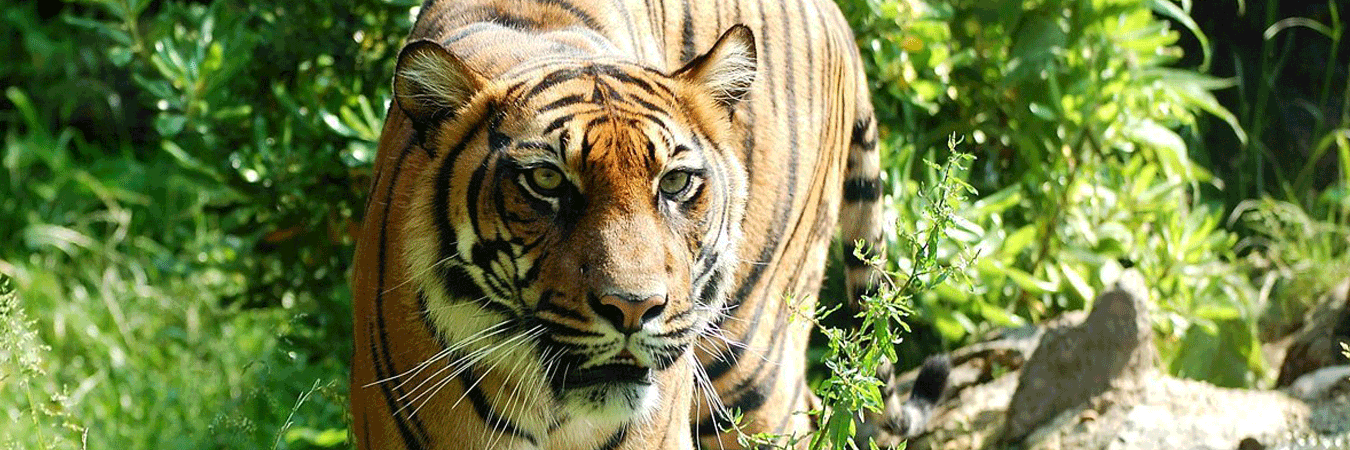
Enormous diversity is the essence of India and it is ingrained in each and every characteristic of this nation. Likewise, the wildlife of India is truly unique and diverse, which is often perceived as an alluring labyrinthine of secrets and treasures – filled with rich flora and fauna. From the imposing mountain ranges in the north, the verdant lands in the east to the tranquil coastline of the south, India has around 500 Wildlife sanctuaries and conservation parks, spread over 38,000 square kilometres of land, harbouring many animals including tigers. Thanks to the conservation efforts made by the government and many non-profit organizations, now India is a home to almost 75% of the world’s total tiger population. Well, this has also made India – the favourite destination for tiger spotting. Nothing can surpass the feeling of exhilaration as many emotions evoke, when you spot a big cat in its natural habitat. Walking regally with a steady head, pointed teeth, and a long swaying tail – the very sight of the Great Indian Tiger in the wild commands admiration and emanates a feeling of thrill in you. It requires patience to spot a tiger in the wild. There are high chances that you would easily spot these royal beasts in some of the National Parks in India. Let’s talk about some parks and sanctuaries of India, where you have high chances of spotting a tiger in the wild:
Ranthambore National Park, Rajasthan
This sanctuary tops the list, if you are looking for the maximum chances of spotting a tiger. Nestled amidst the Avaralli and Vindhyachal ranges, the Ranthambore National Park is often associated with many astounding tales of tigers. Two factors which make it a perfect spot for tiger spotting is the size of this park and its ambience. The most interesting thing about this park is that it is situated close to the urban areas. Though, it is not complemented by the thick vegetation, still there has been a steep rise in the population of tigers here. In fact, tourists can spot the tigers easily here during the day-time. The territory of this forest is filled with rocky plains, bushes, lakes and rivers, which also contribute in making it a comfortable habitat for the tigers. The local authorities also conduct special tiger spotting tours to promote the tourism in the region and also to create awareness among people about the various tiger conservation programs.
Best Time to Visit: October to April
How to reach:
By Air: The nearest airport is Sanganer Airport in Jaipur, which is about 180 km.
By Rail: Ranthambore National Park is well-connected with all the major cities in India like Jaipur, Bombay, and Delhi through the Sawai Madhopur Railway Station.
Bandhavgarh National Park, Madhya Pradesh
Located amidst the Satpura and Vindhya ranges, Bandhavgarh National Park is on the north eastern border of central India’s Madhya Pradesh. This dense forest was once a hunting-reserve of the Maharaja of Rewa and now famous across the world as the home of the tigers. There are over a 100 tigers in this park and their population continues to flourish in the perfect setting. Besides tigers, this park is also a home to numerous deers, langurs and leopards. There are around 600 species of flowers and 18 species of rare herbs, which are found in these jungles. Besides spotting the tigers, one can also enjoy the serene ambience of this reserve.
Best time to visit: October to June
How to reach:
By Air: The nearest Airport for Bandhavgarh National Park is Jabalpur and Khajuraho. Jabalpur 200 Kms and Khajuraho 250 Kms from Bandhavgarh.
By Rail: The nearest railway stations for Bandhavgarh National Park are Umaria & Katni, which are well connected with some major cities of India. Umaria is 35 Kms and Katni is 100 Kms from Bandhavgarh.
Jim Corbett National Park, Uttarakhand
More than anything, the most outstanding thing about the Jim Corbett National Park is that it is the oldest National Park of India. Many consider it as a true heaven for the wildlife lovers because of its rich flora and fauna which is spread across a magnificent backdrop filled with rolling grasslands and hilly ridges. This park is home to around 200 tigers and situated amidst the awe-inspiring surroundings, overlooking the stunning Nainital hills. According to local authorities, there are very high chances of spotting a tiger here near the Dhikala Forest Lodge. This park has been assiduously developed to promote tourism and there are many deluxe cottages, filled with all the modern amenities, for the tourists. Special jungle safaris are conducted to spot the tigers here
Best time to visit: November to June
How to reach:
By Air: The nearest domestic airport is Phoolbagh, Pantnagar 50 kms. The nearest International Airport is in Delhi, 295 Km.
By Rail: The nearest railway station is Ramnagar, 12 km from the Park. It is well connected with the terminus of Delhi-Moradabad-Ramnagar.
Kanha National Park, Madhya Pradesh
It was the splendour and diversity of Kanha National Park, which inspired famous author Rudyard Kipling to pen down his favourite written work “The Jungle Book.” Well, the spectacular blend of Bamboo and Sal forests dominate the landscape of this forest, which is complemented by rolling grasslands. Spread across over 1945 square km of land, it is one of the largest National Parks in India, which is close to many cities in Madhya Pradesh and Maharashtra. It is truly a paradise for wildlife lovers and local authorities work really hard to maintain its panoramic beauty, which you would not find anywhere in the world. The forests of this park are filled with thick vegetation, which make it difficult to spot a tiger here. But, it is full of wildlife and some of its notable inhabitants are the rare and reclusive hard ground Barasingha, leopards, deers, and sloth bear among others. Besides that there are over 250 bird species, which are found in these jungles.
Best time to visit: October to June
By Air: The Nearest Airport is Jabalpur 160 Kms.
By Rail: The Nearest Railway Stations are Gondia and Jabalpur. Gondia railway station is 145 kms, while Jabalpur railway station is 160 kms.
Tadoba-Andhari Tiger Reserve, Maharashtra
Well, it is called “The Jewel of Vidarbha” because of its awe-inspiring beauty and natural gifts. It is also the biggest National Park in the state of Maharashtra in Chandrapur district, spread across an area of 1727 square km. This park has seen a swift rise in the number of tigers in recent years. Authorities claim that tigers can be spotted easily in the region, but they take all the precautions to avoid any sort of disturbance or damage to the natural habitat of tigers. Besides legendary tigers, this reserve is also a home to other popular animals, including: Indian leopards, sloth bears, nilgai, gaur, dhole, striped hyena, sambar, spotted deer, barking deer, chausingha and honey badger among others.
Best time to visit: October to April
How to reach:
By Air: The nearest airport is Nagpur Airport, 151 kms.
By Rail: The nearest railway station is at Chandrapur, 49 kms.
Sunderban National Park, West Bengal
Besides tigers, there are many factors, which make this park truly a splendid destination. Located in the 24 Paraganas district in the state of West Bengal, this place earned its name from one of the mangrove plants, which grow here and called Sundari (Heritiera Minor). The park is a part of the world’s largest delta formed by the rivers Brahmaputra, Ganges, and Meghna. It is also the largest Tiger Reserve and National Park in India with total area spread across 2585 sq. Kms. It is home to the most ferocious tigers in India. It is believed that tigers here drink saline water to quench their thirst at times, which makes them more aggressive. The beauty of the Sundarban lies in its serpentine streams, as travellers have to navigate through them to reach the dense mangrove forests ruled by the tigers. Some parts of these forests are truly impenetrable, which make them the safest habitat for the tigers. Besides tigers, other main attractions of these forests are: Estuarine Crocodile, Monitor Lizard and the Olive Ridley Turtle.
Best time to visit: December to February
How to reach:
By Air: The nearest airport is Kolkata International Airport, 140 km.
By Rail: The nearest railway station is Canning Railway Station, 29 km.
A visit to the land of mowgli – Pench Tiger Reserve
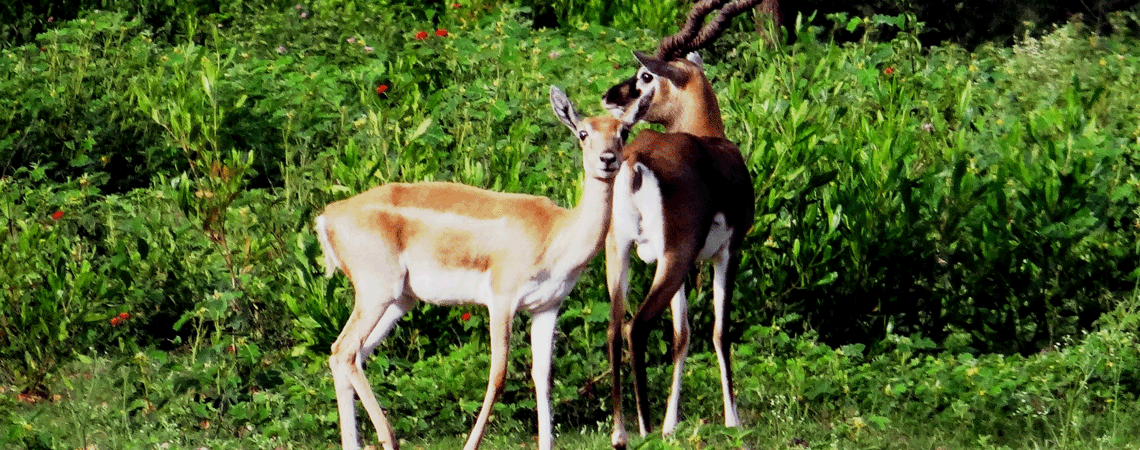
There are 48 Tiger Reserves in India, which are home to almost 70% of tigers in the world. It might not notch up the top spot amidst other popular tiger reserves in India, like Bandhavgarh and Kanha, but the Pench Tiger Reserve holds a unique distinction, as its wildlife and vastness have been immortalized in the pages of the “Jungle Book” written by Rudyard Kipling, the first British Nobel laureate for literature.
Pench Tiger Reserve – The Mowgli Connection
Interestingly, Kipling never really visited the place, but drew inspiration from a fascinating story, told by Sir William Henry Sleeman. The story was based on the life of a little wild boy, who was raised by the wolves and roamed in the jungles of the Pench National Park. Kipling also conjured up his stories by taking the notes from the writings of various other British travellers, who frequented central India during those years. Kipling has beautifully described the denizens of the Seoni Hills and adventures of Mowgli the wolf child. The legendary wildlife characters of the “Jungle Book” can be spotted around the Seoni Hills, which have become a part of the local folklores. BBC released the film “Spy in The Jungle” documentary in 2008, which is based on the Pench National Park and narrated by Sir Davis Attenborough.
Landscape & Wildlife of Pench
The Pench Tiger Reserve is spread across the Seoni and Chindwara districts of Madhya Pradesh and Nagpur district of Maharashtra. The notified area of the entire Pench National Park is 1179 sq. Km. It has been deemed under the government backed ‘Project Tiger’, which is why it is called a Tiger Reserve. It has been named after the Pench River, which intersects the area and forms a labyrinthine of rivulets, water holes and streams. Undulating terrain and thick vegetation encompass the entire region, with the Seoni Hills climbing up to a greater height, which offers a picturesque view of the entire valley. Home to a substantial tiger population, Pench is thickly populated by bamboo and mango trees, which provide shelter to other wild animals including wolves, foxes, bears, Indian deer and macaques among others.
Best Time to visit Pench
The Park stays open from 16th October to 31st June. But, the best time to visit is from October to February, the blossom season, when the temperature gradually dips down to four degrees Celsius.
Where to stay in Pench
There are four Taj Wilderness Lodges in the vicinity, which offer the most exclusive accommodation in the area. Their restaurants serve traditional Indian cuisine.




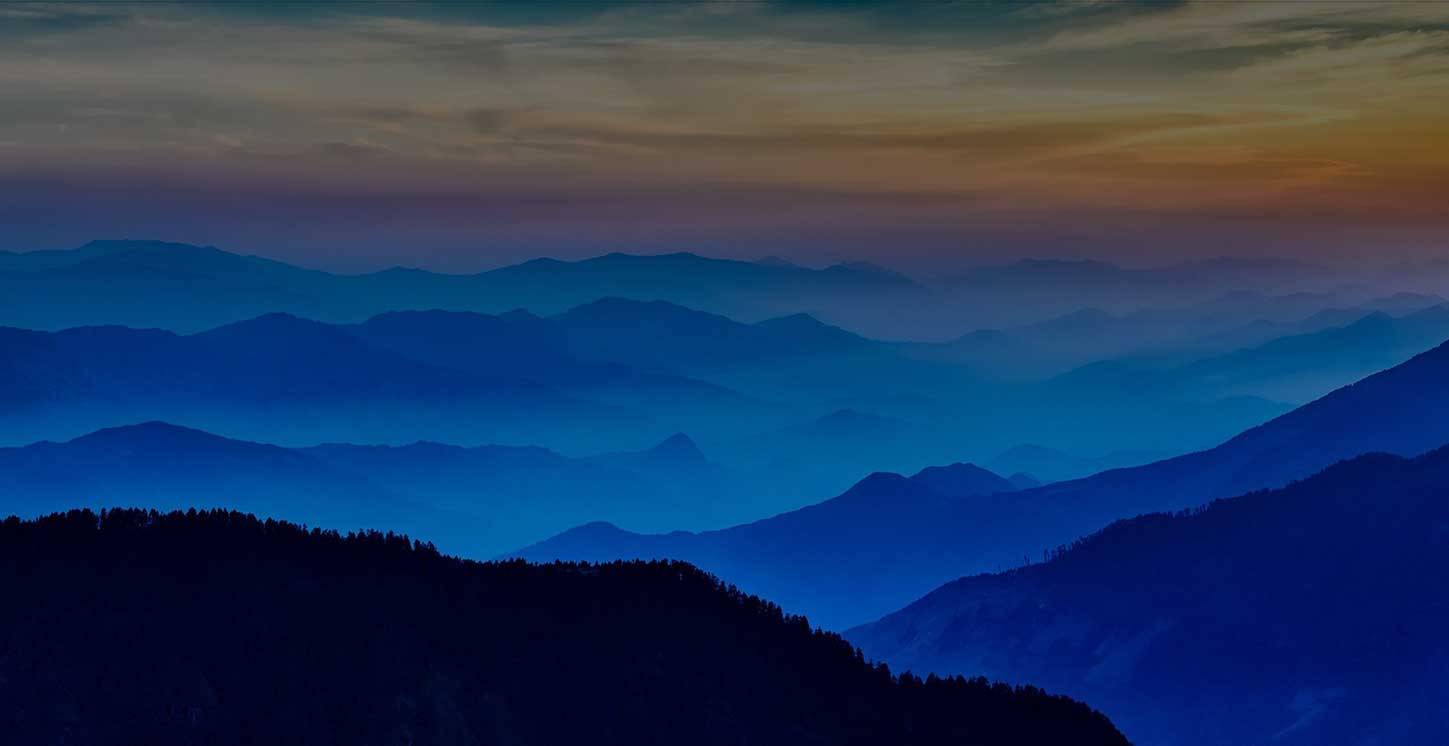
 +1-(765)-586-1210
+1-(765)-586-1210 +44-2030-2689-44
+44-2030-2689-44 +91 124 4361906
+91 124 4361906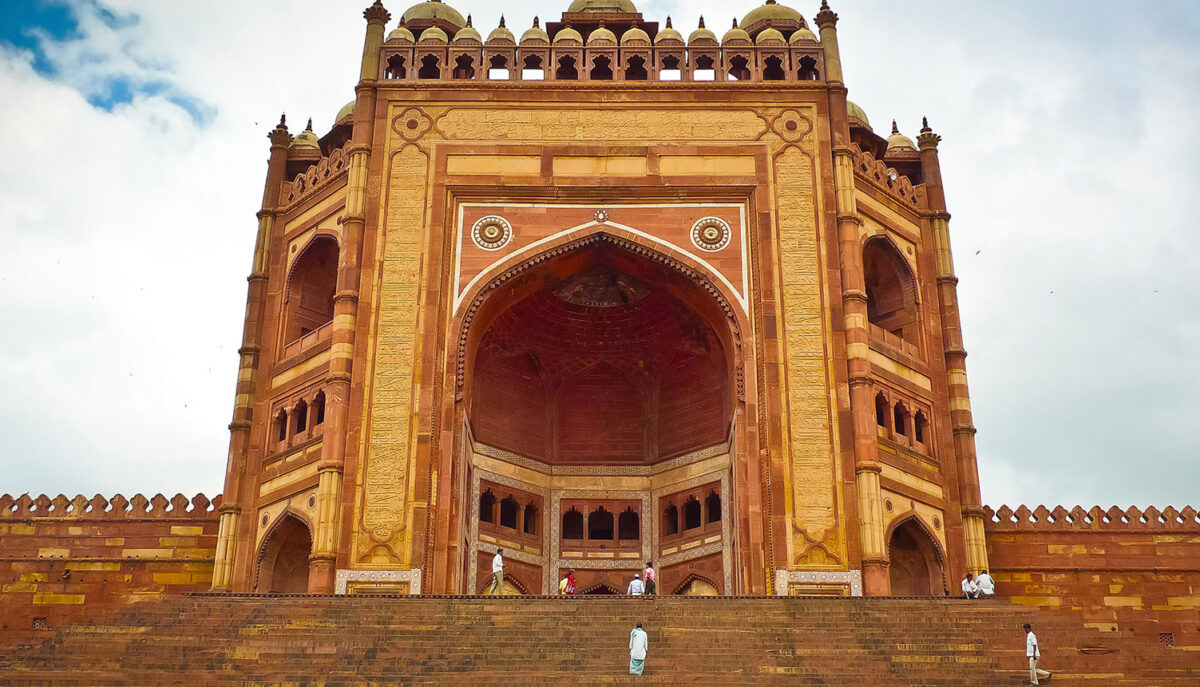
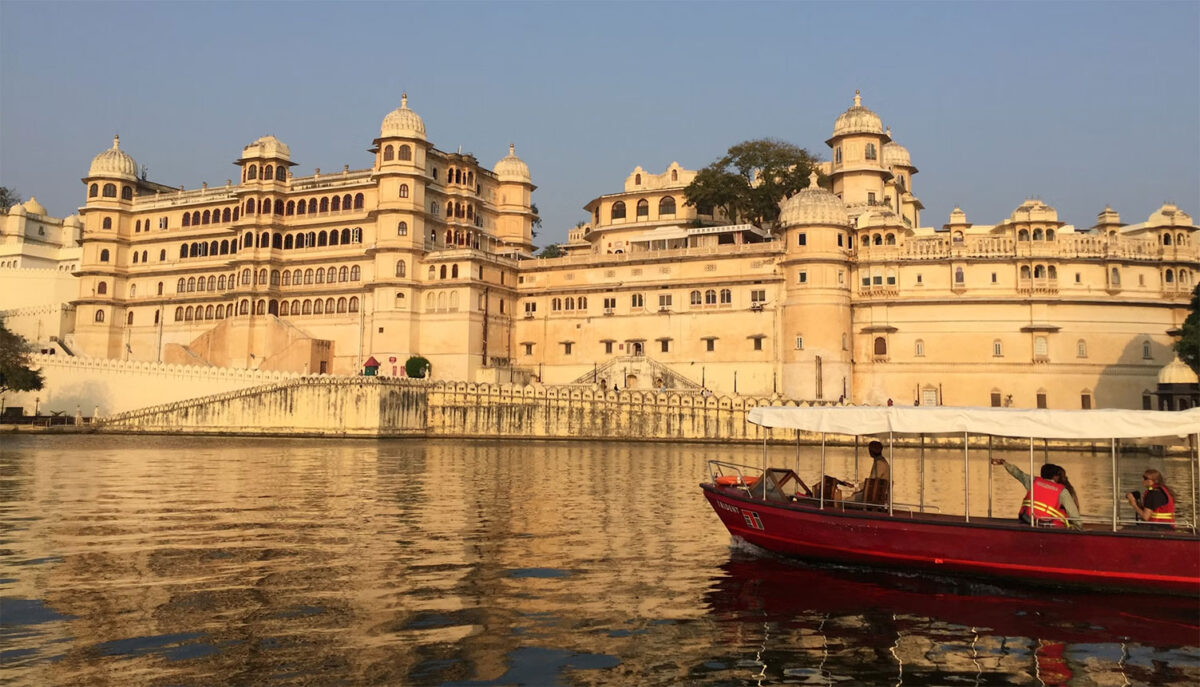

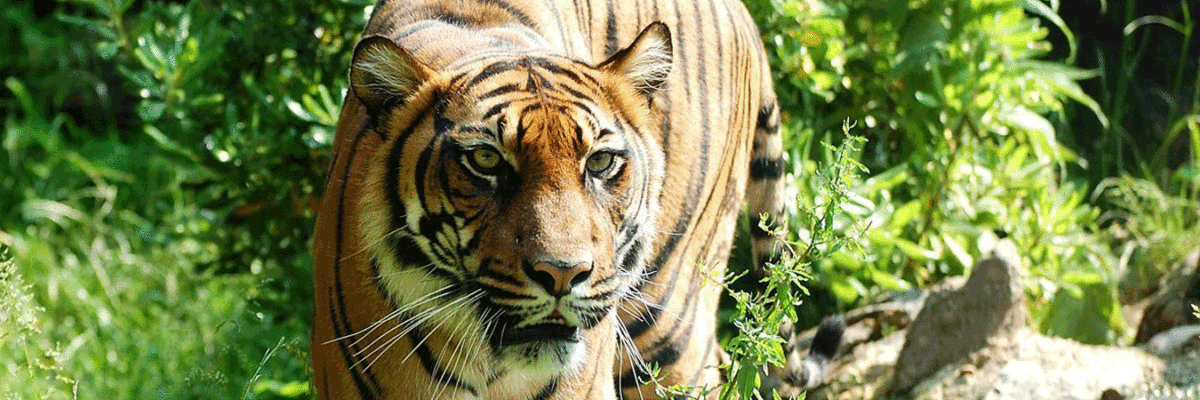
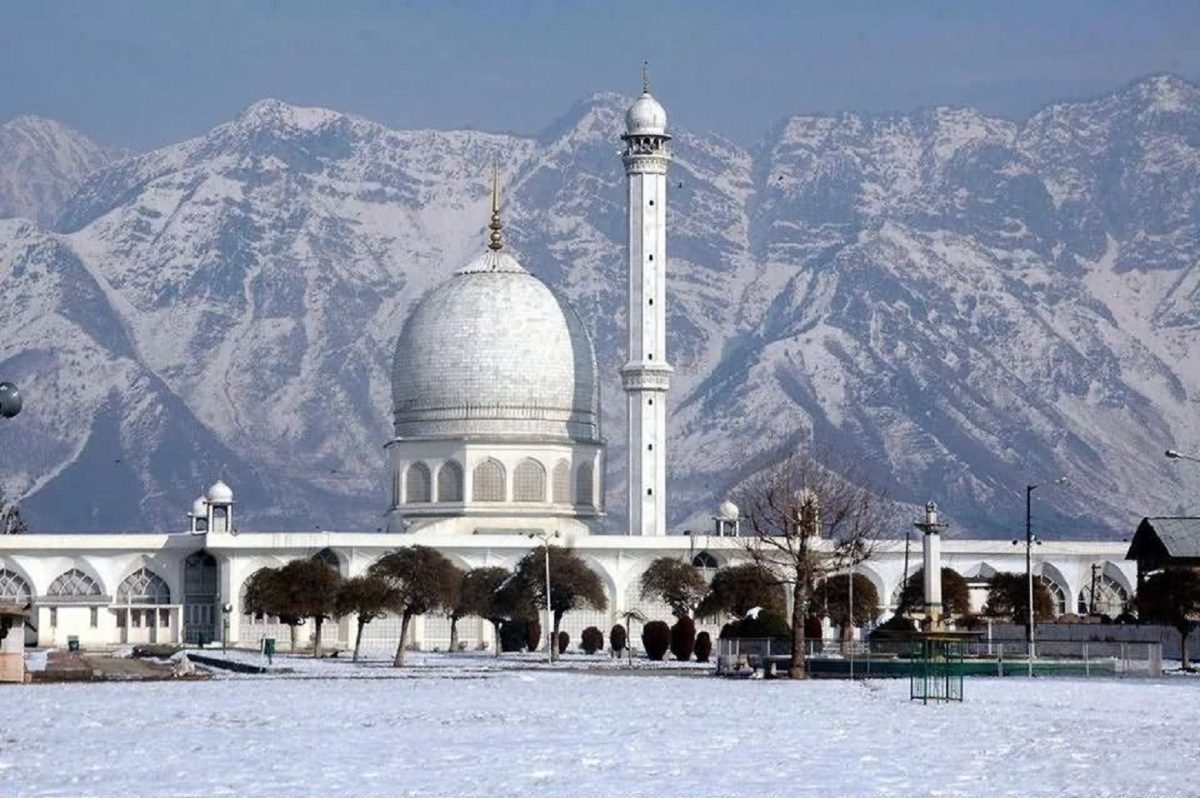


 +1-(765)-586-1210
+1-(765)-586-1210 +44-2030-2689-44
+44-2030-2689-44
